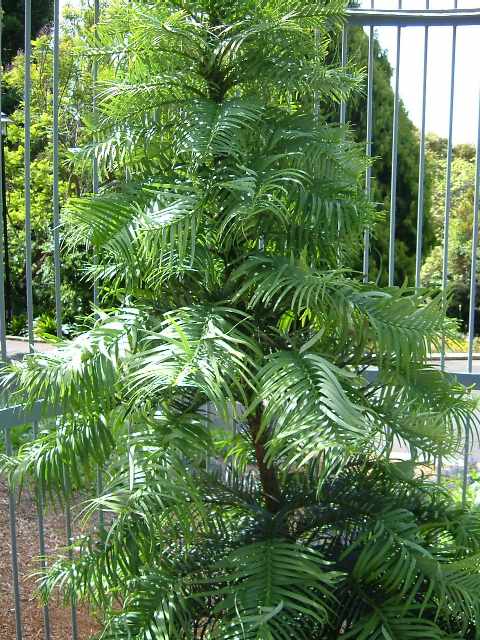 In 1918, the S.S. Makambo ran aground on Lord Howe Island in the Tasman Sea. It took nine days to repair and refloat the ship and when it sailed away, it left behind some of its non-paying passengers. Black rats had taken the opportunity to disembark.
In 1918, the S.S. Makambo ran aground on Lord Howe Island in the Tasman Sea. It took nine days to repair and refloat the ship and when it sailed away, it left behind some of its non-paying passengers. Black rats had taken the opportunity to disembark.
With abundant food and a lack of predators, the rats flourished. Over the following decades, many of Lord Howe Island’s native birds, reptiles and invertebrates were wiped out by predation and competition from the rats. One of the most vulnerable was Dryococelus australis, better know as the tree lobster, a type of stick insect reaching up to 15 cm in length. Within two years of the Makambo’s arrival, tree lobsters could no longer be found on the island.
For eighty years, they were assumed to be extinct. In 2001, acting on unconfirmed reports from the 1960s, a team of entomologists arrived on Ball’s Pyramid, an islet 20 km southeast of Lord Howe Island. The world’s tallest volcanic stack, Ball’s Pyramid is a narrow, 560 m tall blade of rock. Around 100 m up, water seeping from a crevice feeds a small melaleuca bush. It was here that the world’s last tree lobsters were found.
A breeding pair were relocated to Melbourne zoo and a large population has been established there. Ultimately, reintroduction to Lord Howe Island is planned but has been hampered by the remaining rat problem.
Tree lobsters are an example of a Lazarus species, an organism that appears to be extinct but is later rediscovered, having figuratively arisen from the dead.
The combination of Australia’s size, its large number of islands and remote areas as well as an unenviable record of driving species to the edge of extinction and beyond has resulted in a number of Lazarus species. Gilbert’s Potoroo, the Mahogany Glider and the New Holland Mouse were all unsighted for up to 120 years before rediscovery in the mid to late twentieth century. The tiny Mountain Pygmy possum was known only from fossil records until found alive and well at a ski resort on Mount Hotham in 1966. However, the Australian record (so far) for longest gap between presumed extinction and rediscovery belongs to a tree.
In 1994, David Noble was exploring part of the Wollemi National Park, 150 km north-west of Sydney. In a narrow canyon he found some unusual-looking trees and took samples back with him for analysis. The tree, named the Wollemi Pine, turned out to belong to a genus that was thought to have vanished two million years ago.
The Wollemi Pine has since been propagated for sale in nurseries. In the meantime, the few hundred trees in the wild are under threat from a pathogenic water mould, possibly introduced by visitors to the canyon whose location has never been publicly released.
